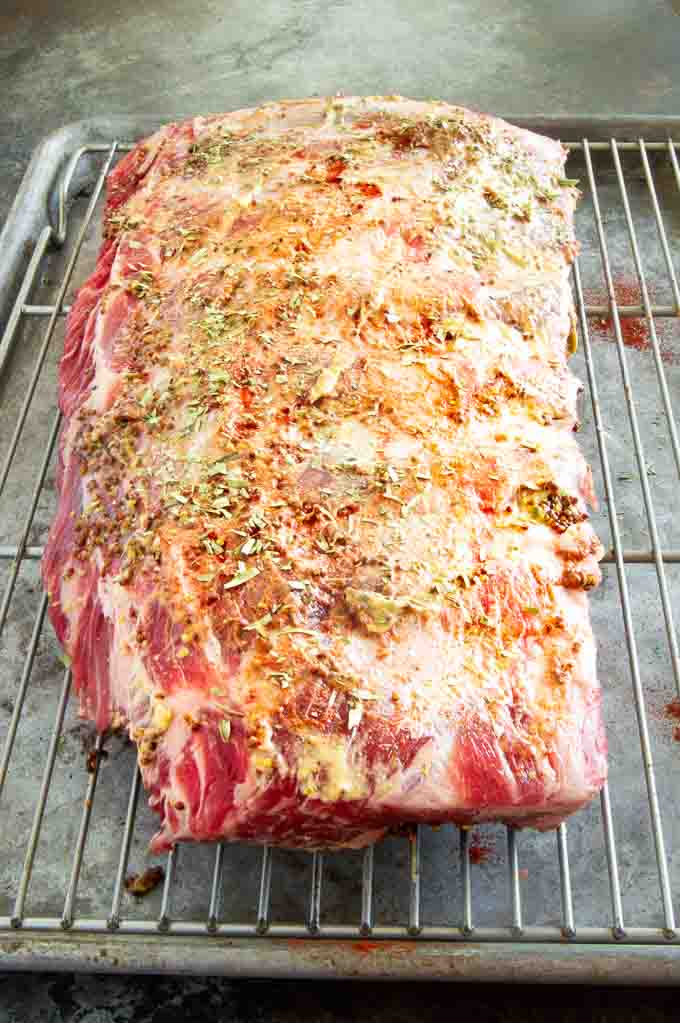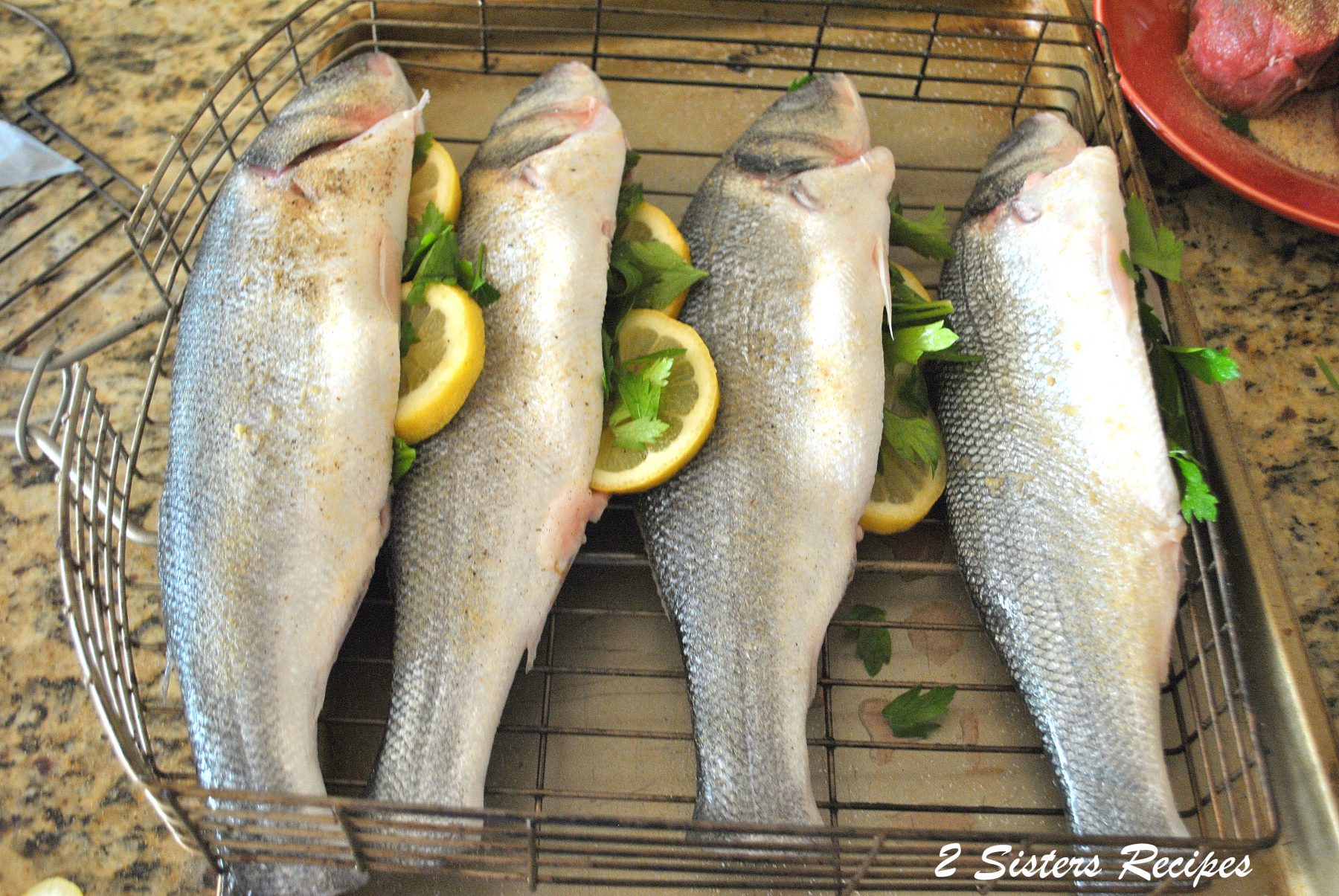
Cook food on the coals to get maximum heat. A charcoal grill that has large open vents can produce more heat. If your flames are high, you have enough oxygen flowing through. If your flames are low, there is not enough oxygen. If your food is burning quickly, you should close the vents. The higher the flames, higher the heat. You are burning too much charcoal if the flames are too low.
Ventilation
A charcoal grill will have an intake vent. This device supplies oxygen to the combustibles. This is what gives the grill its "fuel." The more open the vent is, the more oxygen can enter the grill and therefore raise the temperature. A key part of controlling the temperature is controlling the oxygen level.
Temperature control is done by the charcoal grill's intake valve. Look for two arrow marks near the vent. If the arrows point to half-open, the vent is open. The top lid houses the exhaust dampers and oxygen. The top lid can be opened and closed to control the heat and intensity. In other words, the more open the vent, the hotter your fire will be.
Vents on charcoal grills should always be fully open. Leaving the vents open can result in hotter and faster burning charcoal. However, closing the vents will reduce the temperature of the grill and minimize the amount of smoke. The bottom vent must be opened while the top one should stay closed. If you see too much smoke when cooking, only open the bottom one. You can always close the bottom vent completely or halfway if it doesn’t.
The outtake ventilation is another component you need to think about. The outtake vent, unlike the intake vent draws in oxygen from the atmosphere. The gases produced by wood and charcoal fires will cause the fire to be smothered if they are not vented correctly. Hence, it's best to adjust the intake vent before cooking to determine the right temperature. If you're a beginner, start with the intake vent and work your way up from there.
Exhaust vent
The exhaust vent on a charcoal charcoal grill controls how much oxygen is allowed to enter. Partially or fully open vents allow for more oxygen to reach the cooking area. This results in a hotter flame. But if the vent closes, then less oxygen will reach the cooking areas, which will result in a smaller flame. There are many factors that must be taken into account when controlling the exhaust vent.
An exhaust vent in a charcoal grill helps to balance oxygen in the bottom with oxygen in top. This is crucial for cooking the perfect burger. Charcoal grill exhaust vents, sometimes called dampers, are not chimneys to let out heat, but rather a way to control the temperature directly. Properly using the vent will improve the flavor and maintain the tenderness of your food.
The exhaust vent of a charcoal grill should be the most important. To get the best heat out of the charcoal, cook it directly on the coals. If you prefer to control the temperature of your food, however, the 2-zone method is a good option. The 2-zone method allows for food to be moved around by being cooked in sections. You can open the top vent to control the flame, if you are short on time.
An intake damper is the second part of an exhaust vent for charcoal grills. This vent is located on the bottom side of the grill. Wood and charcoal require oxygen to burn. Opening the vent reduces that amount. The intake damper is normally located at the bottom. When the vent is open, the fire can reach temperatures higher than the other. It makes the fire heat faster, and you can cook more food without lifting the lid.
Intake damper

Charcoal charcoal grills are air-cooled by an intake vent. O2 enters the grill when heat rises. An effective charcoal grill intake damper allows air to flow into the grill. Keeping the intake damper open allows more oxygen into the grill, while a closed vent restricts oxygen in the system. Too much air can make coals too hot and cause food to burn. The coals will die if the damper is closed.
Vents or dampers are often called intake or exhaust vents. But they are exactly the same thing. An intake damper is found on the lower section of a charcoal grill, while an exhaust vent is located on top. An exhaust vent and an intake damper are placed on the charcoal grill to draw in oxygen. The vents should be open so that you can cook your food to the desired temperature. You will get more smoke from a charcoal grill that is hot.
The temperature can be controlled by adjusting the charcoal grill intake damper. The vents are more open, which allows more oxygen to enter. Grills that have less air will be cooler. The lid of most charcoal grills has one damper and the bowl the other. The temperature of your charcoal grill is affected by the damper. Keep it open to enjoy the best smoke flavor. Remember that it can take between 10-20 minutes for the charcoal grill intake damper to settle.
A charcoal grill intake damper keeps the fire in check. Without a lid, charcoal can be volatile and will burn to ashes. It is easiest to light a charcoal barbecue by closing the vents. These prevent drafts, keep the fire from burning, and maintain a controlled temperature. This is also known to be a "fire triangular" system that regulates the temperature of your grill.
Cleaning the grill grates while still warm
It is simpler to clean grates of your grill when they are still warm than to use harmful chemicals or heavy metal tools. First, wash your grill grates with a solution of 2 cups vinegar and 1 cup baking soda. Allow the mixture to rest for at least an hour before cleaning the grates with steel wool, a scouring pad, or a sponge. This method is safer, more efficient than other chemical solutions, and better.
Clean your grill grates after each cooking session. Use a stainless steel brush to remove any food that has been browned on your grill grates. You can also use the built-in scraper or a separate scraper to get rid of any food that isn't quite right. You can remove the bristles from your brush if they become loose. After cleaning the grates you can rinse them well and dry them.
If you have cast-iron grates, you should make sure to wash them with soap and water. Grates that have a lot of grease buildup could result in them losing their nonstick properties. To keep your grates looking fresh, you must thoroughly clean them. This applies to porcelain grill grates as well. These should be cleaned by hand using soap and warm water. You can also use vegetable oil as a cleaning agent to prevent rust.
Aluminum foil can be used to scrub grill grates. You can use tongs to help you crumple the aluminum foil. Use a brush or a scraper to clean any food residue from the grill grates. Be sure to let the grill cool before you wipe it down. This will ensure that the grill is clean. A charcoal grill can be left on after cooking for a few seconds.
Check the vents

A charcoal grill's vents regulate the amount of oxygen that reaches the charcoal as well as the temperature of the interior. Knowing how to properly use the vents will help you master the art of charcoal grilling. You'll be better able to control temperature and flavor. You should also close all the vents when you're done cooking to prevent a fire and allow the grill to cool down properly before storing it.
If there has been heavy rain recently, it is common for the charcoal grill's lids to rust. Rust can make it difficult for the grill's vent to open, allowing oxygen to enter. This can lead to a semi-cooked meal or semi-burnt charcoal. The grill's ventilations are crucial for proper operation. Make sure to inspect them often so that they don't become clogged and you have a more enjoyable cooking experience.
The function of a vent in a grill is to regulate how much oxygen gets in and out. If you are cooking in winter when oxygen is less, the bottom vent will be more important. The food will cook much faster. A vent's purpose is to regulate temperature. If it's not working, you can use an aluminum pan with a similar effect. In this case, it won't affect the temperature as much as water, but will still help you cook more food.
The top vent is also called the exhaust damper. For charcoal grilling, it is essential to properly use the damper. If it's closed too much, the fire will be too hot and you'll get too much smoke. For the best smoke flavor, it is important to set the settings correctly. You should adjust the vent damper to suit the food you are cooking. You should also take into consideration the type of charcoal grill you're using.
FAQ
Do I need any special equipment to cook?
No, you don't need any special equipment to learn to cook. However, having the right tools can make cooking easier. You could, for example, use a spoon to make pasta or a whisk to whip the egg whites into stiff peaks. The right tools make cooking easier and faster.
How long does learning to cook take? How much time do I need?
It depends on the skill level. Some people can learn basic cooking techniques in as little as a week. Some people take months to learn how to cook. Others may need to wait for years.
The time it takes to learn how to cook will vary depending on who you are. Someone who has never been to the kitchen before might need more time than someone who does it regularly. Some types of cooking are more difficult than others. Baking, for example, requires more experience than frying.
A specific technique will help you cook faster. After mastering one technique, you can move on to the next. You don't need to worry about how many days or weeks it took to learn how to cook. Keep practicing and enjoying the process.
Do I need to buy any ingredients to cook?
You don’t always need to buy the ingredients. You can buy premade sauces or other items at most grocery stores. Pre-made meals are a great way to save money.
Statistics
- You'll be amazed that over 90% of CIA students receive scholarships and grants to finish their culinary studies. (ischoolconnect.com)
- The median pay for a chef or head cook is $53,380 per year or $25.66/hour, according to the U.S. Bureau of Labor Statistics (BLS). (learnhowtobecome.org)
- In the United States, the category is estimated at $23.2 billion annually and is growing faster than the market. (washingtonpost.com)
External Links
How To
How to make Apple Pie
Apple pie making is a series of steps. Washing the apples is the first step. Then peel the apples and cut them into small pieces. Next, you will add sugar, cinnamon and cloves. Finally, you will add lemon juice. Mix everything and put it in the oven at 350 degrees Fahrenheit for 15 minutes. After this, you remove the apple mixture from the oven, let it cool down, and then pour some cream on top. Then, sprinkle some powdered Sugar on top.